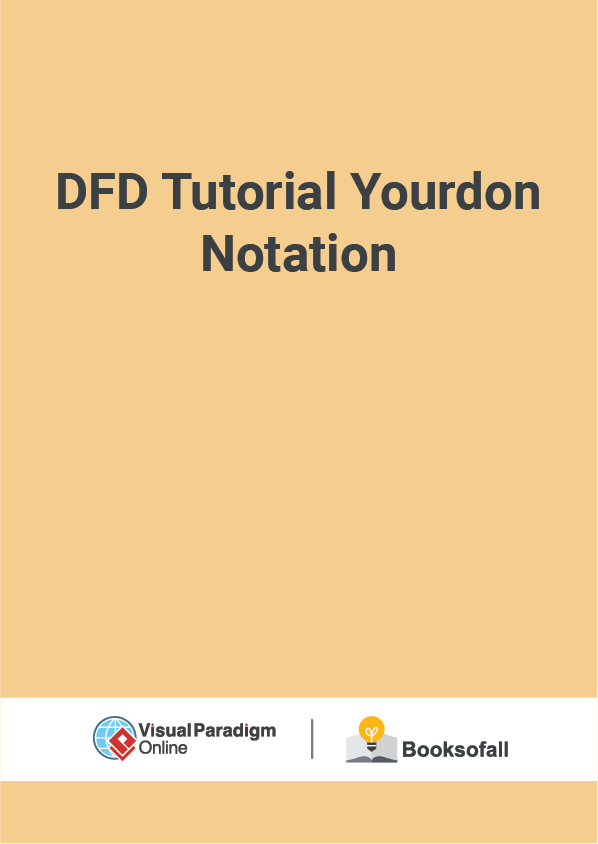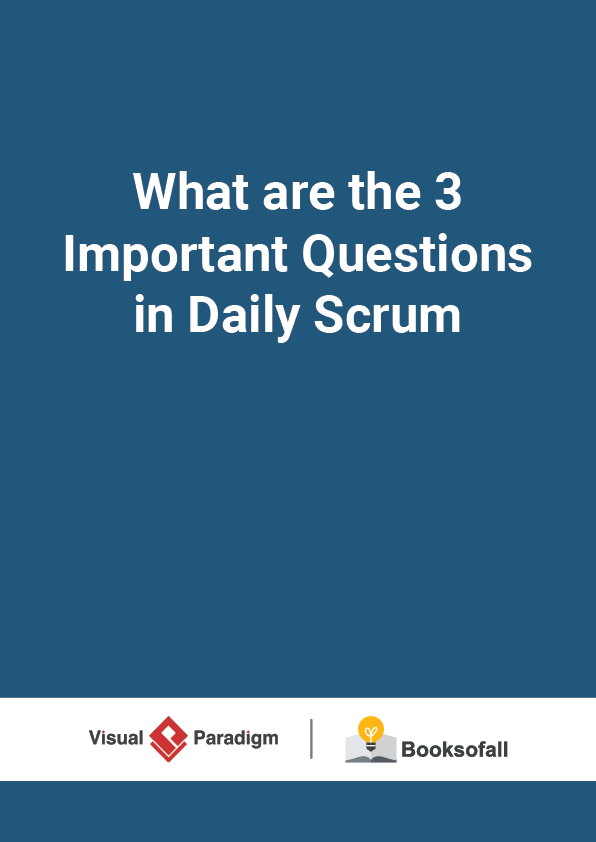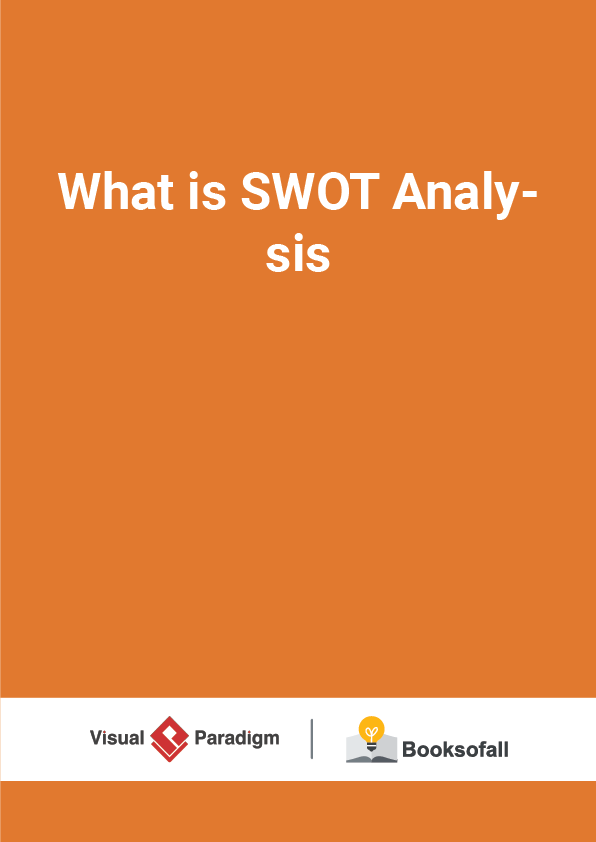DFD Tutorial: Yourdon Notation
7-9 minutes
A data flow diagram (DFD) represents the flow of information through a system. DFDs quickly became a popular way to visualize the major steps and data involved in software-system processes. They were used to show data flow in a software system, although they could, in theory, be applied to business process modeling. DFDs were useful to document the major data flows or to explore a new high-level design in terms of data flow.
What is DFD?
A data-flow diagram (DFD) is a way of representing a flow of data of a process or a system (usually an information system), for example:
- Where data comes from
- Where it goes
- How it gets stored
In other words, it shows how data is processed by a system in terms of inputs and outputs. DFD is built using standardized symbols. There are several notations ford is playing data-flow diagrams.
History of DFD
The DFD notation draws on graph theory, originally used in operational research to model workflow in organizations. DFD originated from the Activity Diagram used in the SADT (Structured Analysis and Design Technique) methodology at the end of the 1970s.DFD popularizers include Edward Yourdon, Larry Constantine, Tom DeMarco, Chris Gane, and Trish Sarson.
The Elements of a DFD
Different people use different notations to represent processes, data stores, data flow and external entities of the DFD. The most commonly used two different types of notations are by Yourdon & Coad or Gane & Sarson.
DFD uses 4 basic symbols to represent the flow of the diagram. They are
- Process
- Data Store
- External Entity
- Data Flow (Arrow)
Chris Gane & Trish Sarson Notation
The Gane &Sarson method stresses the identification of each node to help reference process narratives that further define each component either in plain text or pseudocode.
- A data store is represented as an open rectangle (3 sides, open on the right).
- Processes are represented by a rounded upright rectangle, subdivided into sections for a reference value, a process description, and an optional location specifier.
Yourdon and Coad / DeMarco Notation Yourdon and Coad method includes components for creating data-flow diagrams and also object state diagrams. Some unique attributes of their DFD notation include:
- A data store is represented as two parallel, horizontal lines.
- Processes are represented by a circle











